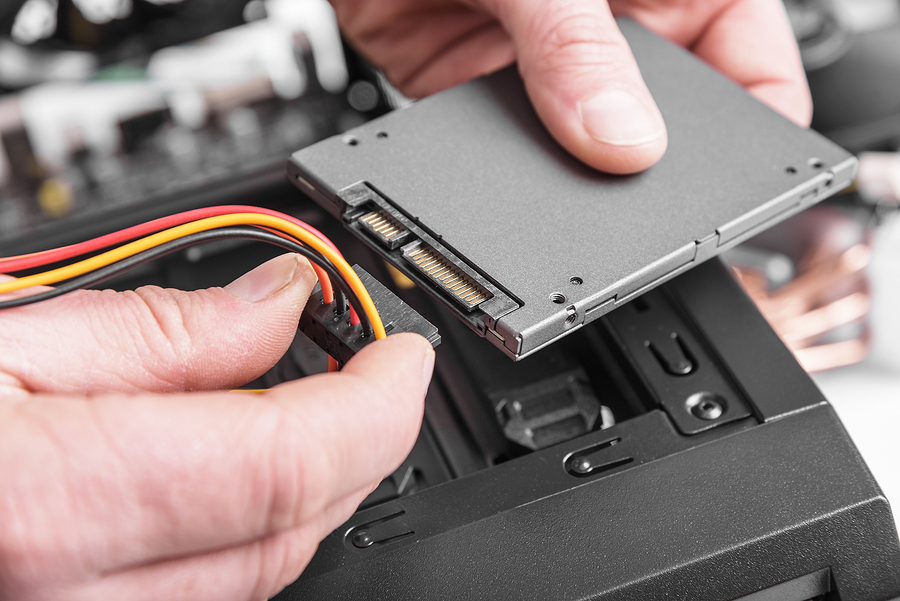In a recent article on Inside Small Business it was stated that employee efficiency is being severely impacted by old, unreliable technology. According to the writer’s research, the average is 17 minutes a day, which amounts to a remarkable 1.75 weeks of wasted time per employee per year.
This I don’t doubt, and in fact I’ve written about this before, although the last statistic I read said only half of that. That’s still the fat bit of a week per employee per year though, which is a major cost for any business.
A major contributor to this inefficiency is older technology or machines that are simply not enough for the job they’ve been given. The latter incidentally is nothing unusual. Businesses often try to save a few dollars by purchasing machines that are only just good enough, seemingly oblivious to the fact that their team is hamstrung by the very tools that are supposed to make them more productive.
The writer of the article then suggested that one possible approach to help mitigate this was to upgrade these machines by increasing memory and replacing the old spinning hard drive with a solid state drive (SSD). He then went on to suggest that installing memory and SSDs “is actually very straightforward” and “it doesn’t require help from IT professionals”, and “can be carried out by anyone working in the office, no matter their level of technical knowledge.”
Sorry…what?! Err…no. Absolutely no! no!! no!!! no!!!! no!!!!! Get a professional to do the work!
Firstly, you wouldn’t ask your drivers to service their fleet vehicles. You pay trained mechanics for that. So why would you suggest that your finance staff go poking around the innards of a PC? I mean, what could possibly go wrong?
Secondly, this requires additional tools, a complete transfer of data from one drive to another, a trip in to the BIOS, and a series of videos on YouTube to explain the process, so it’s hardly “very straightforward”.
Thirdly, your team member will take far longer than a trained technician, so while they’re tinkering with the unfamiliar, they’re not earning you any money.
Fourth, there is an inherent risk that something will go wrong, which will leave your employee scratching their head and utterly unproductive while looking at a very expensive paperweight, and you with a bill for the technician you should have hired in the first place.
Fifth, if the machine is under maintenance, which it absolutely should be, opening the cover will immediately void the warranty.
Finally, before you go hiring someone and buying lots of new bits of silicon, there’s one more thing to consider. Is it actually worth upgrading?
It is claimed that replacing the machine with a new one is unnecessary and expensive, and on the face of it, it is. But if we look a little deeper, I’m not so sure.
A new SSD and memory will cost around $250, and a professional technician comes in at $150 or so an hour. So assuming all goes well, you can probably upgrade an old machine for $400.
For $1200 today you can get a brand new 15.6″ laptop with 8Gb of memory, 256Gb SSD and a 3 year on-site warranty. Yes, it’s an extra $800, but it’s a faster machine, the tax man will give you some of that back and you have a guarantee that all problems will be resolved by the vendor at no cost. If your upgraded, older, slower machine has any issues, you’ll be chatting to a technician again for $150 an hour.
What price peace of mind?
Stewart Marshall, The Virtual CIO, www.marshallfloyd.com.au










